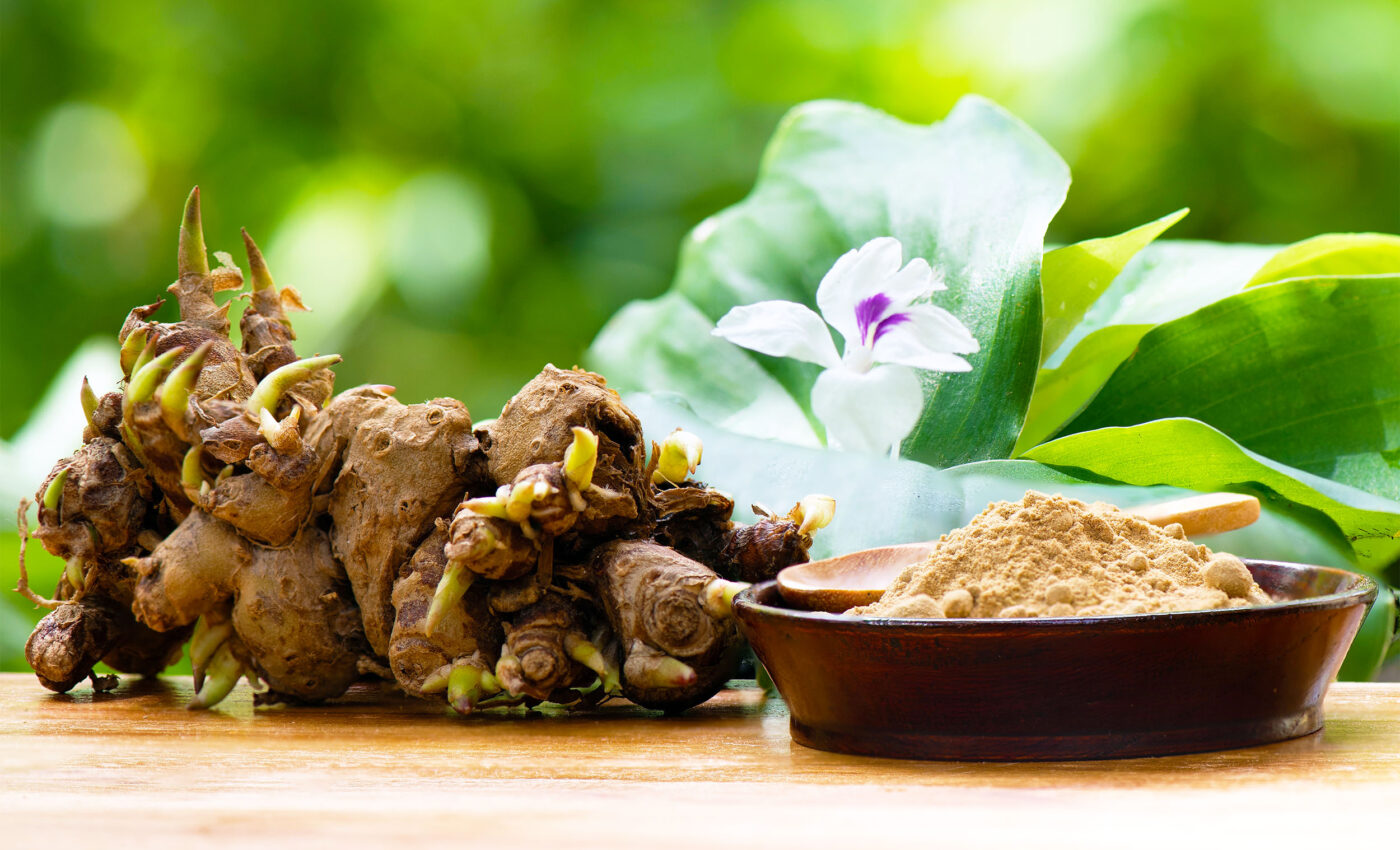
Anti-cancer effects discovered in Kencur ginger that could revolutionize treatment
For many, Kencur ginger is simply an aromatic addition to their culinary repertoire, adding a unique twist to various dishes. For others, it’s a tried-and-true herbal remedy, ideal for soothing an upset stomach. But recent discoveries indicate that there’s more to this tropical plant, native to Southeast Asia, than meets the eye.
Kencur belongs to the ginger family, a group of plants celebrated for their medicinal properties. But an intriguing study from Osaka Metropolitan University suggests this particular relative might offer even more in the realm of health benefits. Preliminary findings reveal that Kencur might be a weapon in the ongoing battle against cancer.
Leading the research is Associate Professor Akiko Kojima of the Graduate School of Human Life and Ecology. Under her guidance, the team delved into the plant’s molecular components and their effects on cancer cells.
Kencur extract and EMC
What they found was more than just promising, it was potentially revolutionary. Their experiments showed that Kencur extract, and more specifically its main active component called ethyl p-methoxycinnamate (EMC), had a pronounced effect in suppressing cancer cell growth.
These findings weren’t limited to just petri dishes either. The suppressive effects were observed in animal tests as well.
This isn’t the first time scientists have eyed EMC with interest. Prior research hinted at its anti-cancer potential, especially concerning its ability to decrease the expression of mitochondrial transcription factor A (TFAM).
This particular factor has been closely associated with cancer cell proliferation. Yet, despite these initial findings, the exact mechanism through which EMC exerted its effects remained shrouded in mystery. Professor Kojima’s team aimed to shed light on this conundrum.
Potential new frontier in cancer treatment
In a conversation about the significance of the findings, Professor Kojima remarked, “The results of this study confirm the anti-cancer effects of Kencur extract and its main active ingredient, EMC. It is highly expected that TFAM will become a new marker for anti-cancer effects in the future as research advances in related fields.”
The discovery has implications that might extend far beyond the laboratory. If further research continues to support these findings, we could be looking at a new frontier in cancer treatment. This unassuming plant from Southeast Asia, previously known for its flavor and soothing properties, might just find its way into oncology centers around the world.
The scientific community, and indeed the world, will be watching closely as Professor Kojima and her team delve deeper into Kencur’s potential. If Kencur proves to be as effective in human trials as it has in early studies, this age-old spice might just earn a new reputation – not just as a flavor enhancer, but as a life-saver.
More about Kencur ginger
Kencur, scientifically known as Kaempferia galanga, is a plant from the Zingiberaceae family, the same family as ginger and turmeric.
Native to Southeast Asia, Kencur is also known by various other names. These include aromatic ginger, sand ginger, cutcherry, and resurrection lily. The plant and its rhizome have been used traditionally in a variety of ways, both culinarily and medicinally.
Here’s a breakdown of what’s known about Kencur:
Appearance
The plant has wide leaves and grows low to the ground. Its rhizomes (underground stems) are small, tuberous, and aromatic. The plant also produces small flowers which are typically white or light purple.
Culinary uses
Flavor: Kencur has a distinct taste. It’s spicy, a bit peppery, and has a camphor-like aroma.
Use in Dishes: The rhizome is often used in traditional Southeast Asian cuisine. It’s a key ingredient in dishes like “jamu” in Indonesia and “som khaek” in Thailand.
Preparation: Kencur can be used fresh, dried, or powdered. Its intense flavor means it’s typically used sparingly.
Medicinal uses of EMC
Kencur has been employed in traditional medicine across several cultures, particularly in Indonesia, Malaysia, and Thailand.
It’s believed to have a range of health benefits, including as an anti-inflammatory, anti-oxidant, and anti-microbial agent. The plant has also been used for stomach problems, respiratory issues, and to boost the immune system.
As mentioned above, recent research has indicated that Kencur might have potential anti-cancer properties, particularly due to its component, ethyl p-methoxycinnamate (EMC).
Other uses
Apart from culinary and medicinal uses, Kencur’s aromatic properties mean it’s sometimes found in cosmetics and perfumes. It has also been used in traditional rituals and ceremonies in some cultures.
Active compounds
Kencur contains several bioactive compounds, with ethyl p-methoxycinnamate (EMC) being one of the most studied. Other phytochemicals present in the plant include flavonoids, terpenoids, and essential oils.
Cultivation
Kencur prefers tropical and subtropical climates and is grown in several countries across Southeast Asia. It can be propagated from small sections of its rhizome, which are planted in well-draining soil and typically harvested after 8-10 months.
In summary, while Kencur might not be as globally renowned as its relatives like ginger or turmeric, its rich history in Southeast Asian culture and the emerging research around its potential health benefits mean it’s a plant worth noting.
As with many traditional medicines, while early indications of its health benefits are promising, further rigorous scientific research is necessary to substantiate many of these claims.
—
Check us out on EarthSnap, a free app brought to you by Eric Ralls and Earth.com













